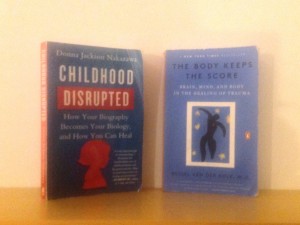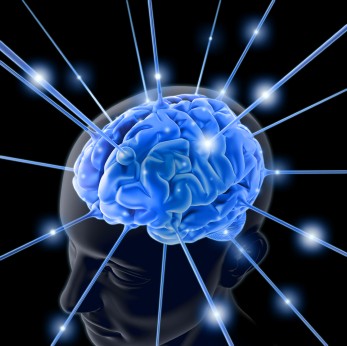Trauma Becomes Biology, But There’s Hope
How do we help children with difficult childhoods grow into adulthood without becoming drug users? Is healing possible without using medicine? Can our health system devise ways to treat chronic pain and illness without using marijuana or pharmaceutical drugs?
Those who grow up in difficult, traumatic situations – those whose bodies hold a painful past of abuse, shock or emotional pain – respond to opioid pain pills differently from the way non-traumatized people do. They may be primed for opioid pill addiction more than others, according to Jon Daily of Recovery Happens, Sacramento. Furthermore, emotional trauma during childhood also leads to hypertension and a host of chronic illnesses.
Popular writer Monica Cassani agrees. She describes on her website how Chronic illness is trauma embodied. Her blog is called Beyond Meds
Twenty-nine states and the District of Columbia now recognize Adverse Childhood Experiences as part of public health. Adverse Childhood Experiences or ACEs are considered contributing factors to depression and a host of chronic diseases. Experts use 10 paradigms for testing childhood trauma. A score of 4 or more ACEs makes a person 460 percent more likely to suffer from depression. A score of 6 or more takes 20 years off life. Adults with high ACE scores are susceptible to chronic diseases that are rare in those who do not have ACEs.

The death of a parent, divorce, family drug abuse, physical and sexual abuse are among the events that can be counted as ACEs. These traumas are singled out because of their unexpected and unpredictable nature. Severe bullying, excessive parental criticism are included, as well as living in a violent neighborhood. Extreme poverty also creates stressful situations which can be compounded by abuse and the other problems.
Healing Chronic Disease Through Mind-Body Solutions
There’s good news. Psychology, Psychiatry and the medical field can lead the way for overcomimg both disease and emotional garbage. Understanding and applying the mind-body connection can work miracles without medicine. Several notable scholars have led the way. Francine Shapiro’s Getting Past Your Past and Bessel van der Kolk’s The Body Keeps the Score provide excellent explanations and understanding. Books by Daniel Siegel and Peter Levine offer therapeutic keys to healing.
Donna Jackson Nakazawa wrote one of the most straightforward explanations of healing ACEs in her new book. Childhood Disrupted explains the causes of trauma in childhood and how to heal it. In another book, The Last Best Cure, she describes her own healing from two debilitating auto-immune diseases. (Nakazawa experienced the sudden traumatic death of her father when she was twelve. While she outwardly coped, her body suffered deeply.) A science journalist, Nakazawa writes for the general public.
Part 2 will cover healing psychiatric problems through mind-body solutions, and Part 3 will summarize the growing problem of traumatized children. Part 4 explains how we’re creating a new, larger generation of traumatized children.



